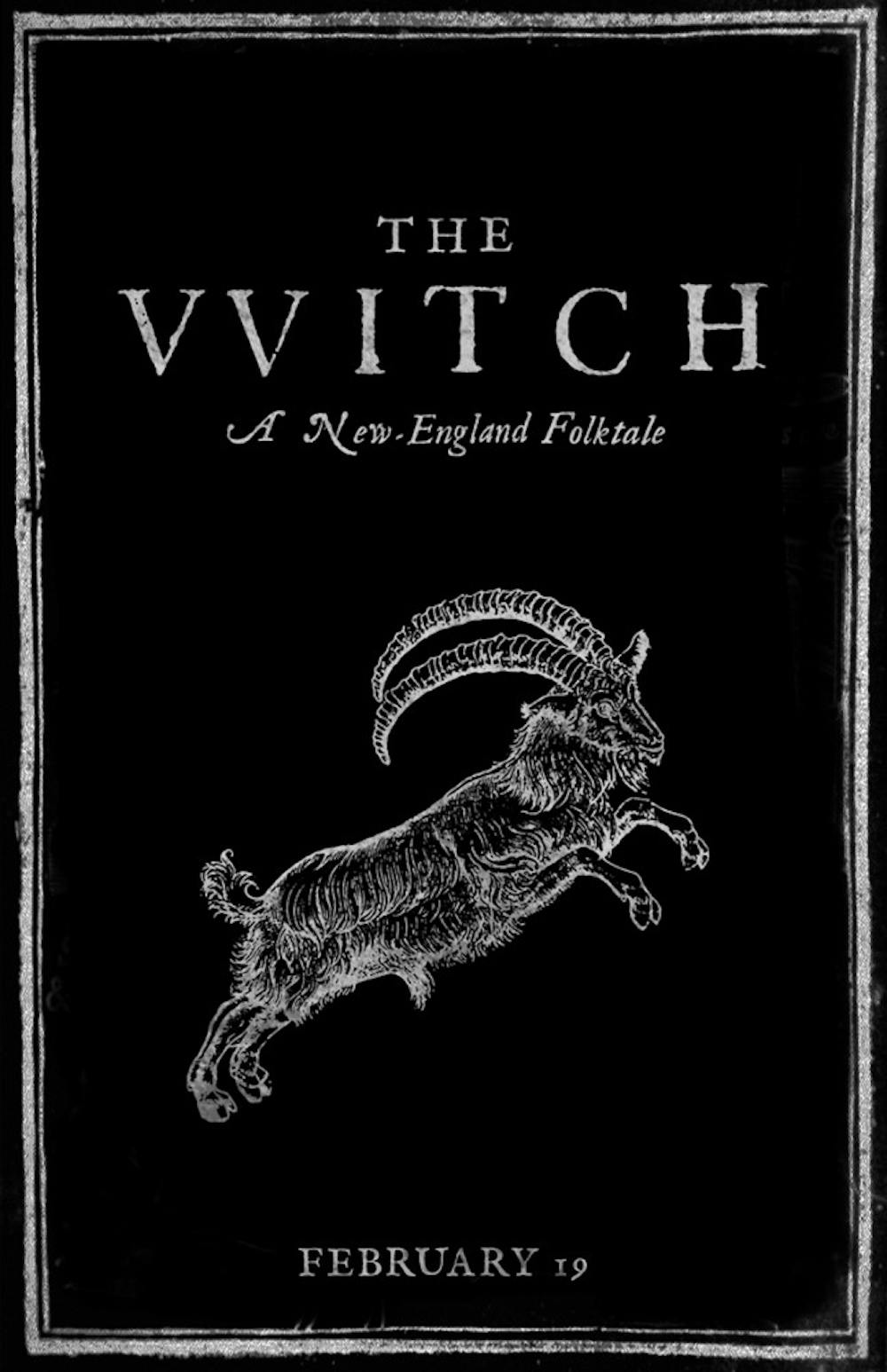Many horror films rely on cheap jump-scares or grotesque scenes to scare viewers. While this works to create a gasp in the movie theater, the effect is not a lasting one. In director Robert Eggers' debut film, “The Witch,” Eggers manages to create an unsettling and haunting experience that creates lasting effects without relying solely on shock value.
“The Witch” takes place in New England in 1630 as a family is asked to leave their village due to the father, William (Ralph Ineson of "Game of Thrones" and "Harry Potter,") and his radical Christian values. William, his wife Katherine (Kate Dickie from "Game of Thrones,") and their four children ride off with their belongings in a rickety wagon and eventually set up a house on the edge of the woods.
Shortly after arriving, however, strange occurrences revolving around the eldest daughter, Thomasin (Anya Taylor-Joy,) begin to take place — starting with the disappearance of the family’s infant child right before her eyes. This is only the beginning of a string of unexplainable and horrific events that begin to create a rift between Thomasin and her family. As horrors continue to fall upon the family, the viewer sees them slowly fall apart as they try to stay right in the eyes of God.
“The Witch” puts most of its focus on the psychology of the family rather than the evil forces plaguing them. This makes for a slow-building decent into madness that works because of strong performances from every character. Rather than the family immediately assigning blame and letting their religious fanaticism control them, the viewer watches the pieces slowly fall into place and build up, making every second more uneasy than the last.
Even though this film is full of exceptional acting performances, Taylor-Joy’s portrayal of Thomasin as a confused and stressed girl with the world pitted against her stands out. Often times Taylor-Joy manages to convey deep levels of emotion by simply staring into the camera. The viewer never knows how to feel about her character as she seamlessly adjusts from sympathetic to mysterious and back again.
The set design is another very strong aspect of “The Witch.” The characters’ bland and baggy clothes look very authentic to the time period while dim lighting and drab decorations set the melancholy tone of the film. Sound design is another big plus as Eggers uses tasteful restraint, leaving multiple scenes in complete silence so that when the shift into harsh violin comes, otherwise simple scenes become intense.
While the slow build-up horror style works for most of the movie, it does sometimes overstay its welcome. Watching the film establish its atmosphere can become tiresome at times, causing some sections of the film to feel like they are dragging. It is strange for a movie clocking in at just an hour and a half to feel as long and padded as “The Witch” does, and this is primarily due to its slow pace.
Pacing is a legitimate concern for the film no matter who the audience is, but other issues are more dependent on the person watching. Some viewers will likely struggle with the thick New England Puritan dialect that all of the characters speak. While this choice gives the film a level of authenticity, it can also detract from some people’s experience if they can’t understand what is being said. Additionally, die-hard fans of traditional horror movies might find “The Witch’s” brand of horror a bit dull and lifeless due to its focus on atmosphere rather than direct visual scares.
Overall, the film’s fresh take on the bloated and unoriginal horror genre leaves a more lasting impression than its pacing problems. While “The Witch” is certainly not for everyone, it offers an eerie and memorable ride for those who find themselves enthralled with its story.

